Michaelmas daisies
A hazy crop of Michaelmas daisies (Aster novi-belgii) is one of the finest things about autumn. I grew up with them romping around our garden, their soft colours glowing on foggy October mornings. But it was many years before I realised how beautiful and varied Michaelmas daisies can be. This month’s Collector’s Item features some of the rarest asters grown by the National Collection of Asters, Old Court Nurseries.
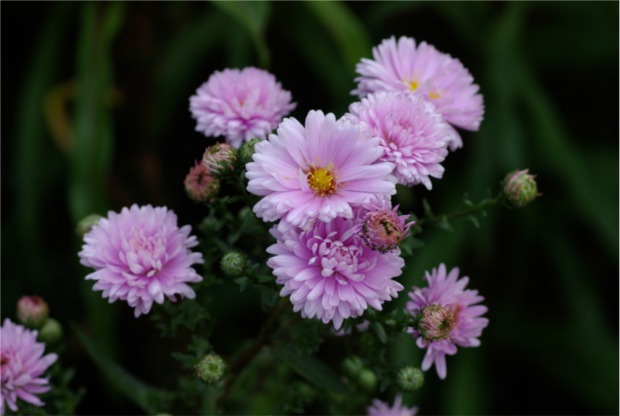
Aster novi-belgii ‘Anita Webb’ - Unusual button type pink flowers early in the season. 100cm.
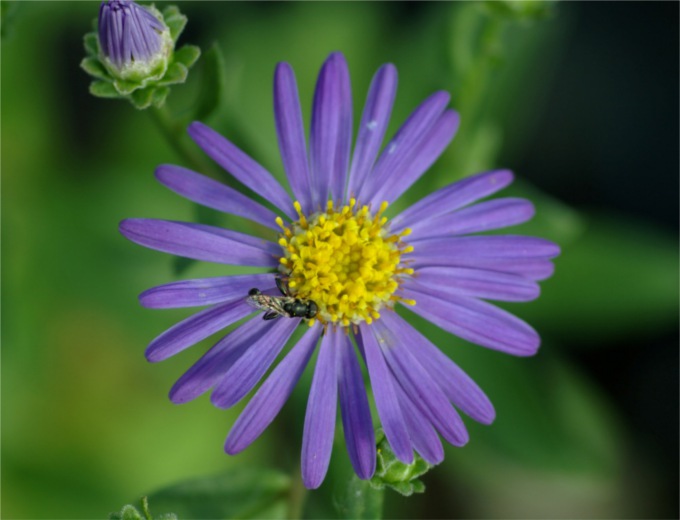
Aster amellus ‘Forncett Flourish’ - One of the newest cultivars in this group (1996) it exhibits stronger growth than many with masses of violet-blue flowerheads. Another European species and again needs good winter drainage. Mildew resistant. 60cm.
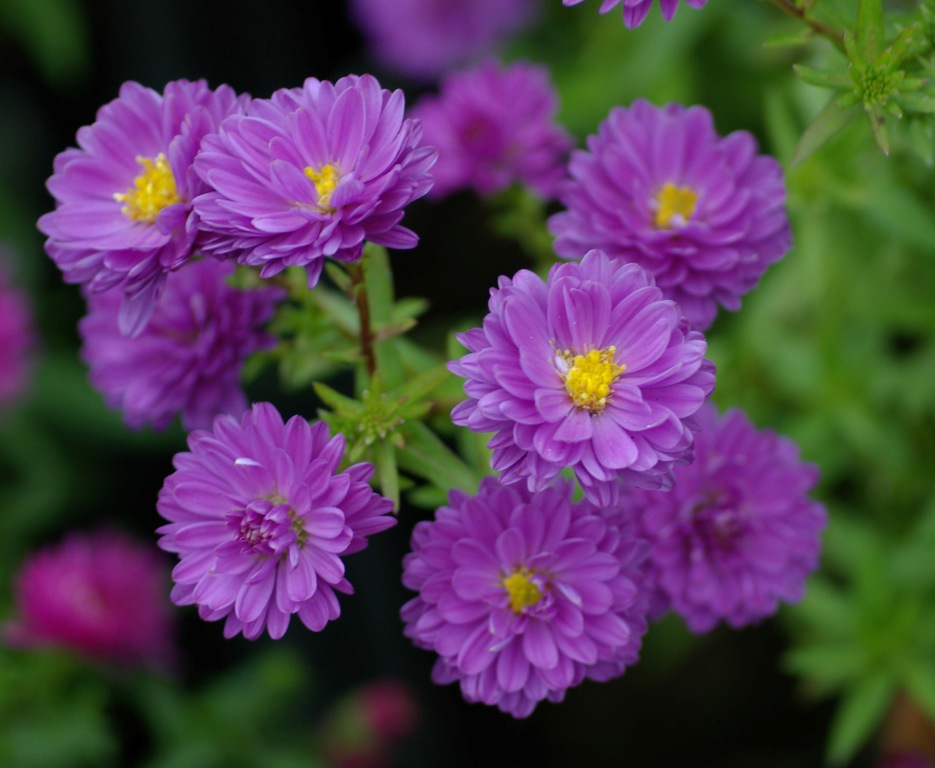
Aster novi-belgii ‘Gayborder Royal’ - Unusually shaped petals being petite and very rounded gives the plant a very different appearance to that of most michaelmas daisies. Lilac-blue. 70cm.
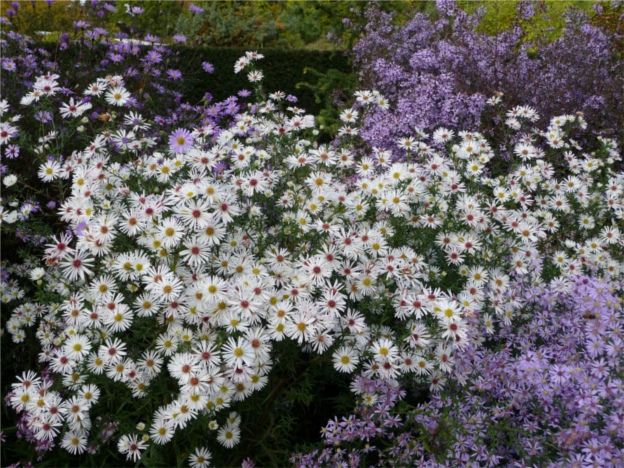
A. Oktoberlicht - An unusual but excellent variety for garden and cut flower use. With large heads of white flowers in October. 100cm.
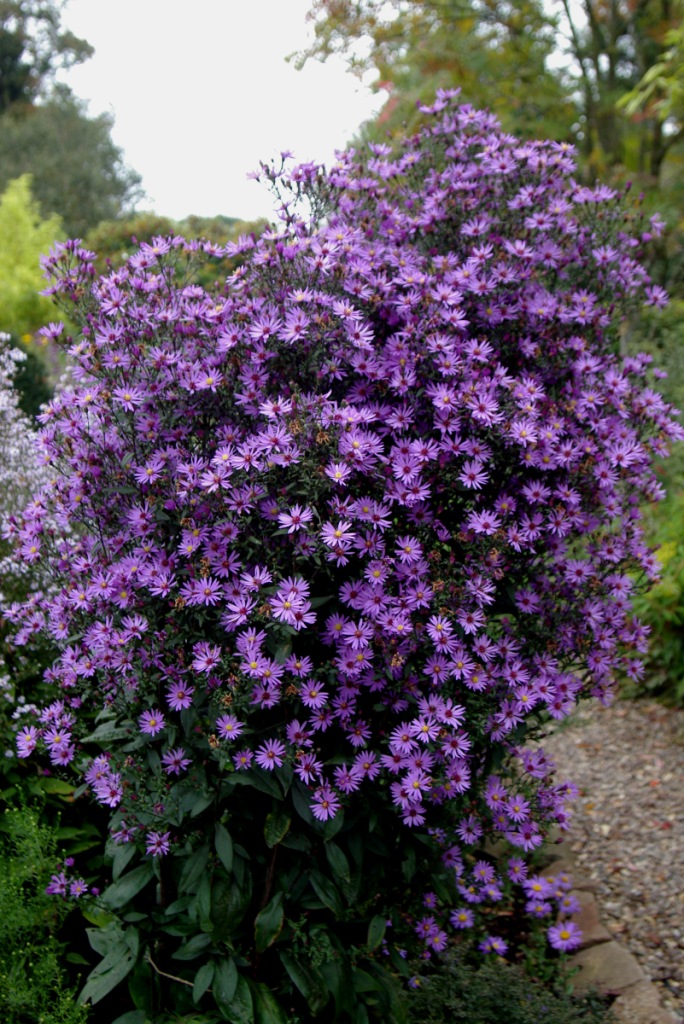
Aster ‘Prairie Purple’ - Dark foliage with masses of small lilac-purple flowers over an unusually long flowering season. Being a cordifolious hybrid it has good mildew resistance. Up to 180cm.
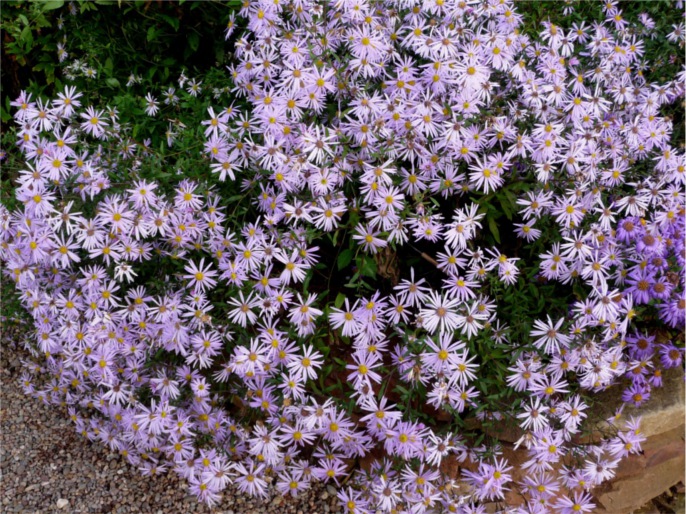
Aster pyrenaeus ‘Lutetia’ - Pale violet flowers on widely branching sprays from late August until October. This is a European species and needs good winter drainage. It is a strong grower and easy to maintain but despite being introduced in 1912 it has remained argely ignored by the commercial trade. Mildew resistant.70 cm.
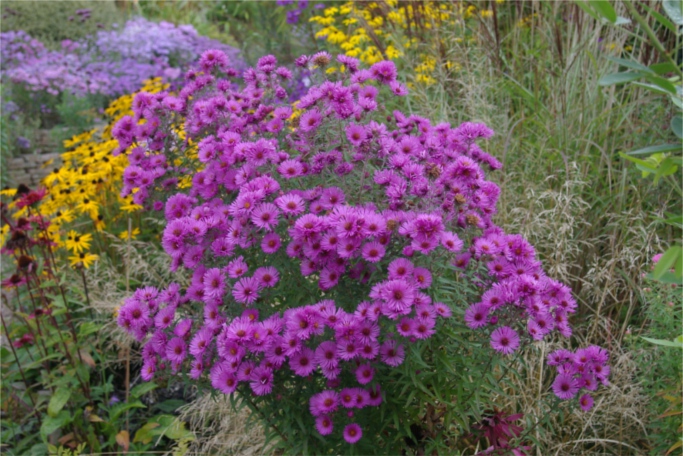
Aster novae-angliae ‘Quinton Menzies’ - An unusual shade of deep purple-pink flowers. Mildew resistant. 140cm.
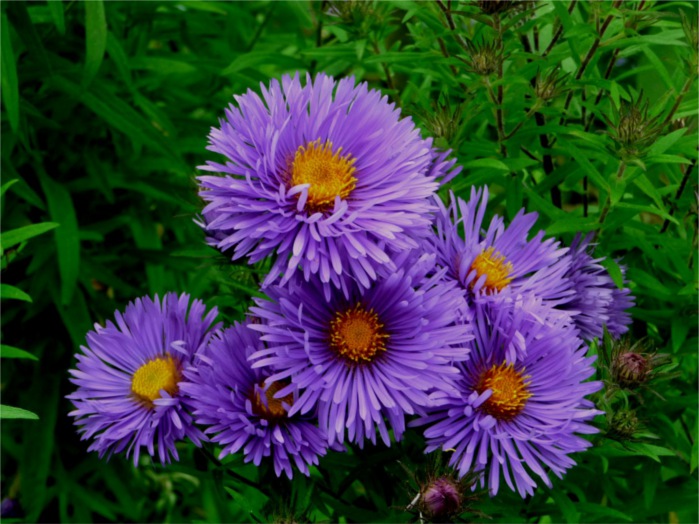
Aster novi-angliae ‘St Michael’s’ - Very full flowers for a New England aster. Rich blue-purple. Mildew Resistant. Raised for the Herefordshire hospice St Michael’s. 120cm.
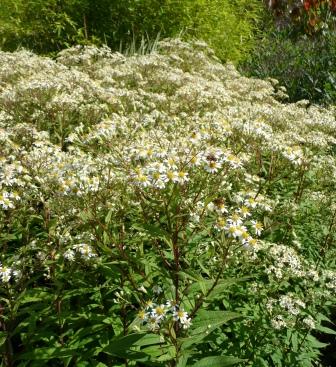
Aster umbellatus - Strong upright growth with masses of cream flowers in unusual umbel type ‘flowerheads’ from August to September. Followed by lovely silvery seed heads. Mildew resistant. Up to 180cm.
Aster ‘Yvette Richardson’ - An ericoides hybrid with an unusually low habit. Masses of pale lavender-blue flowers in October. 45cm.
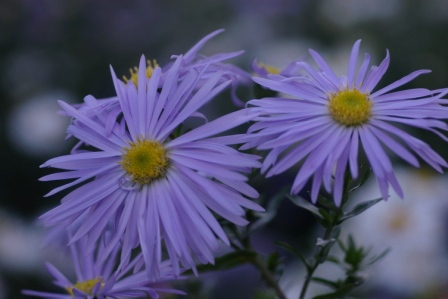
Aster novi-belgii ‘Algar’s Pride’ - An unusual cultivar of the traditional michaelmas daisy with very large single lavender-blue flowers in October. 150cm.
Top tips for growing asters from Paul Picton at Old Court Nurseries:
1. Choose a sunny position. Since michaelmas daisies are so late flowering they need a good proportion of the days sunlight hours in order to form there flowers properly.
2. Plant in fertile soil. They are tough plants and will grow almost anywhere you put them, but to get the best from them you need fertile soil. Additional feed can also help with the display.
3. Remember to stake the tall willowy varieties before the autumn storms as there is nothing more disappointing then finding your best flowers flat on the floor.
4. Most put on a better show as comparatively young plants so divide them regularly. Novi belgii’s can be divided every year, while novae-agliae’s and amellus cultivars are best left at least 3 years before division.
5. Mildew prevention for those that are prone.
All images copyright Old Court Nurseries. All rights reserved.
Subscribe to F&F; updates












Oh I love those asters with the orange centers! They’re so pretty.
amy manning recently posted..Turnip greens—-my first taste test